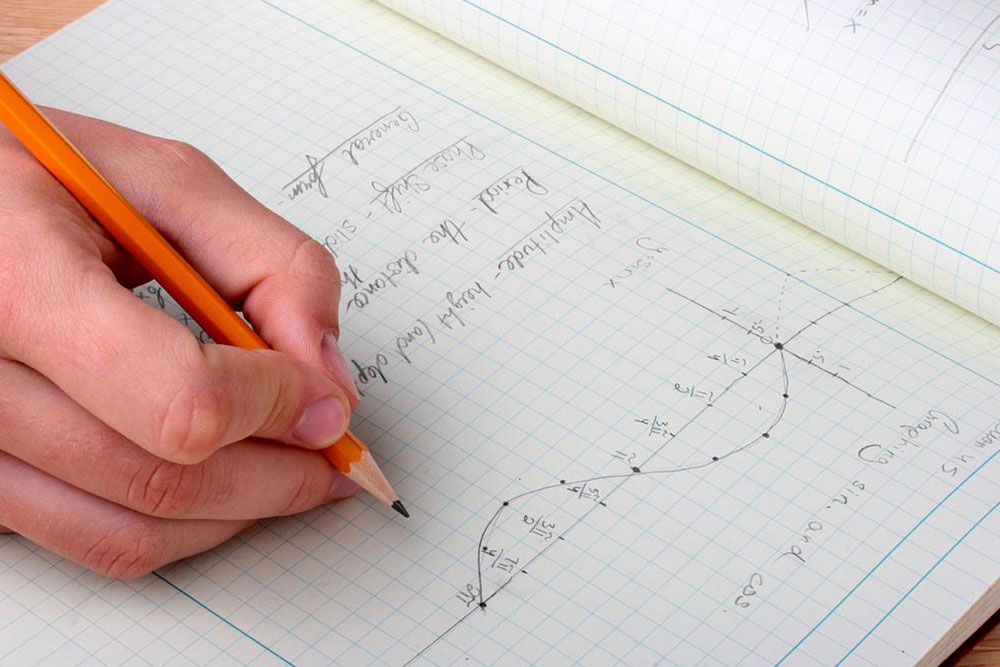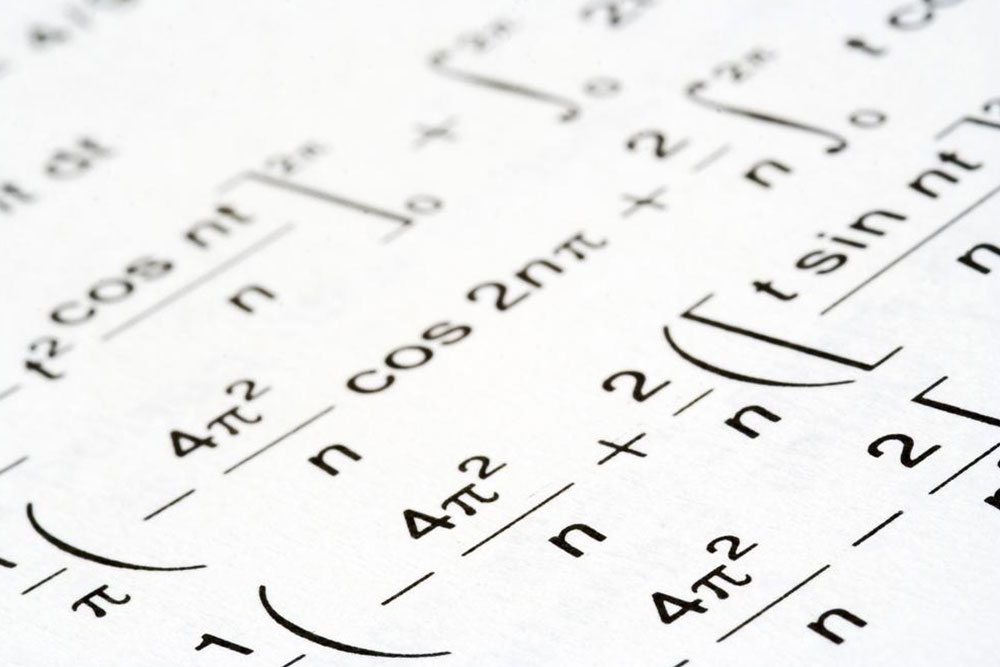A Brief Overview of the Evolution of Mathematics
This article traces the history and evolution of mathematics from ancient civilizations to modern advancements. It highlights key developments such as early texts, Greek contributions, and the dissemination of numerical systems that revolutionized the discipline. The piece underscores the progression from foundational ideas to contemporary breakthroughs driven by ongoing research.

Evolution of Mathematics
Mathematics is a discipline that explores quantities, numbers, structures, space, and dynamics. Different scholars and philosophers have varying interpretations of what constitutes mathematics, leading to diverse perspectives.
In ancient times, only a select few possessed knowledge of emerging mathematical ideas, which were often limited to certain regions or individuals with broader insights. The earliest known mathematical artifacts include Plimpton 322 (Babylonian, circa 1900 BC), the Rhind Mathematical Papyrus (Egypt, circa 1800 BC), and the Moscow Papyrus (Egypt, circa 1890 BC). These texts focus on concepts like the Pythagorean theorem, one of the earliest widespread mathematical discoveries after basic arithmetic and geometry.
In the 6th century BC, the study of mathematics as an academic discipline commenced with the Pythagoreans, who also coined the term "mathematics," derived from the Greek "mathema," meaning "subject of learning." Greek mathematicians refined methods by emphasizing deductive reasoning and logical proofs, transforming mathematical validation. Chinese civilization contributed early innovations such as the place value system, while India developed the Hindu-Arabic numeral system, now globally standard. This system was propagated through Islamic scholars, who expanded and enhanced the mathematical knowledge of earlier civilizations. Many classical Greek and Arabic texts were translated into Latin, fueling the European medieval mathematical revival. The Renaissance in 16th-century Italy saw significant advancements, laying the groundwork for modern scientific progress. Today, ongoing discoveries continue to expand the horizons of mathematical understanding.






